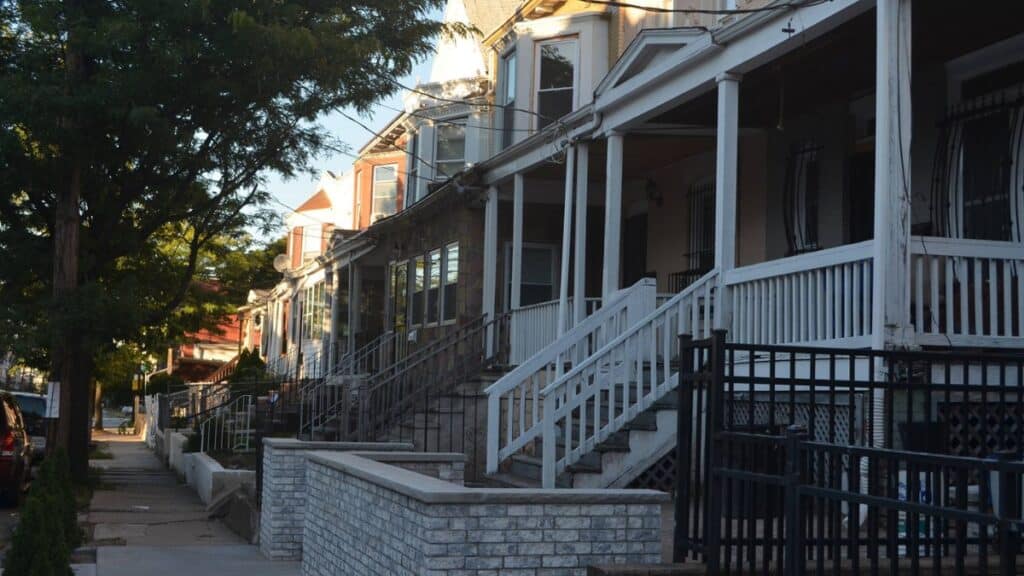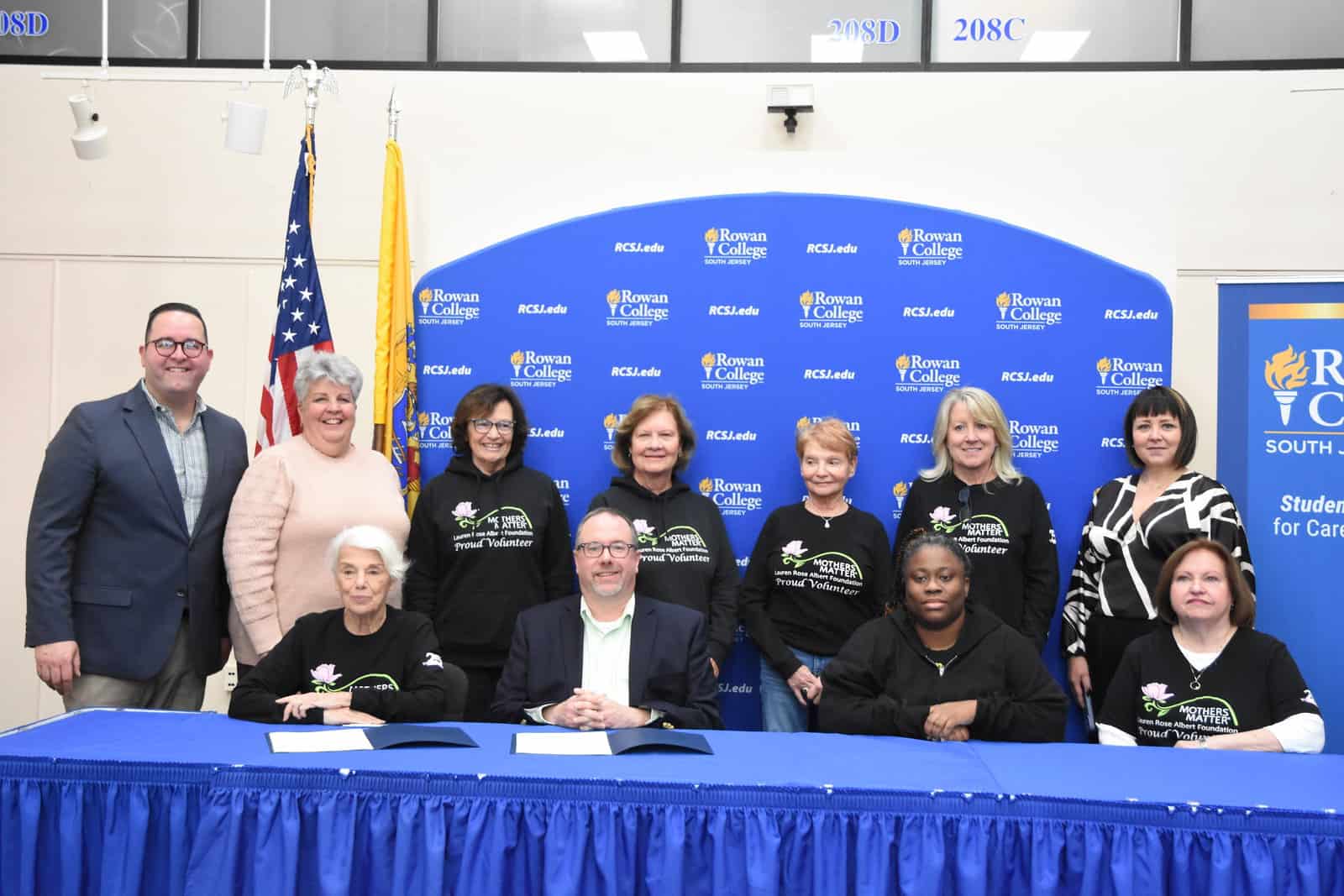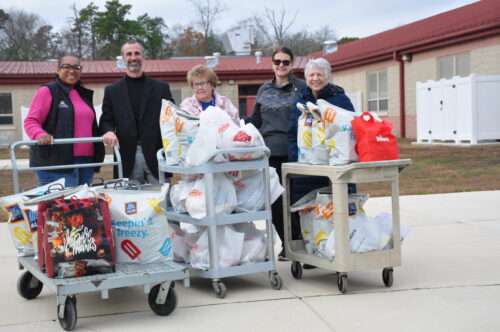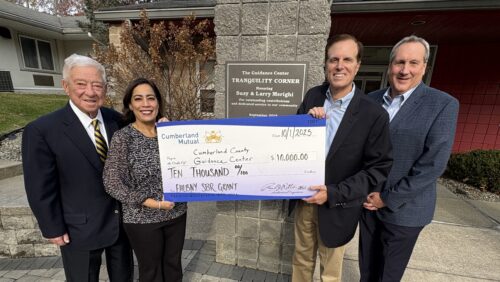Community Asset Preservation Corporation Expands Affordable Housing, Revitalizing Underserved Neighborhoods

Community Asset Preservation Corporation (CAPC) is helping to rebuild neighborhoods by turning empty and abandoned houses into safe, affordable homes.
As a nonprofit real estate developer and part of New Jersey Community Capital, CAPC has bought and fixed more than 2,130 homes since 2009.
CAPC collaborates with local organizations and small businesses to create housing solutions that benefit both underserved communities and the local economy.
They built different teams within the organization to handle construction, property management, and home sales.
This setup helps CAPC keep affordable homes available even when the housing market changes.
On January 14, 2025, the Federal Reserve Bank of New York hosted a meeting called An Economy That Works for All.
The event focused on the rising cost of housing and how it affects families across the country.
The President of the New York Fed, John C. Williams, spoke about the importance of stable housing for economic growth.
Experts from NYU, HUD, CAPC, and private businesses joined the discussion to discuss how high home prices and investment firms make it harder for regular people to buy homes.
They also shared ideas on how to increase the number of affordable homes available.
CAPC is working on these problems by building affordable homes in Florida and New Jersey, where many people are struggling with high housing costs.
Florida has one of the fastest-growing populations in the U.S., and this has made housing more expensive.
A study by the National Low-Income Housing Coalition found that 79% of low-income renters in Florida spend more than half their income on rent.
In 2000, most homes in Florida were affordable for middle-class buyers, but today, most home prices are out of reach.
Orlando is now ranked the least affordable metro area in the country, even more expensive compared to places like San Francisco and Seattle when looking at income levels.
One big reason for this housing crisis is that investment companies buy homes that families normally purchase.
Studies show that 40% of Florida’s single-family homes are being bought by big companies instead of people looking for a home to live in.
In cities like Tampa and Orlando, 16% of home sales go to investors who buy and flip houses for profit.
Despite these challenges, CAPC is working to build affordable homes in Orlando, Tampa, and Palm Beach County.
CAPC is building on empty lots in existing neighborhoods to keep housing costs down instead of developing expensive new communities.
It is also teaming up with local governments to support affordable housing projects.
In New Jersey, CAPC is focused on Newark, Irvington, and East Orange, where many families struggle to afford homes.
The homeownership rate in Newark is just 21.9%, much lower than in other parts of the country.
The average income in Newark is $37,600, while the poverty rate is 28%.
Many families who want to own a home simply can’t afford one.
Since 2009, CAPC has built or repaired over 800 homes in Florida and New Jersey, spending a total of $170 million on these projects.
CAPC has secured an $8 million loan from the Reinvestment Fund.
With this money, CAPC plans to:
- Build 220 new homes over the next five years
- Work on up to 40 homes at a time to meet demand
- Use hurricane-resistant materials in Florida to make homes safer
Beyond construction, CAPC supports small businesses.
Its Innova Home Services program helps minority-owned contractors build capacity.
CAPC also manages 600+ rental homes and assists homebuyers with down payment aid and financing options.
One example is Monica and Manuel, who moved from San Juan, Puerto Rico, to Elizabeth, New Jersey.
Living in a one-bedroom apartment, they struggled with rent.
CAPC’s $48,500 grant helped them buy a home, reducing their mortgage below the previous rent.
By building homes, supporting businesses, and helping families, CAPC strengthens communities.
Donations help expand affordable housing for families in need.









